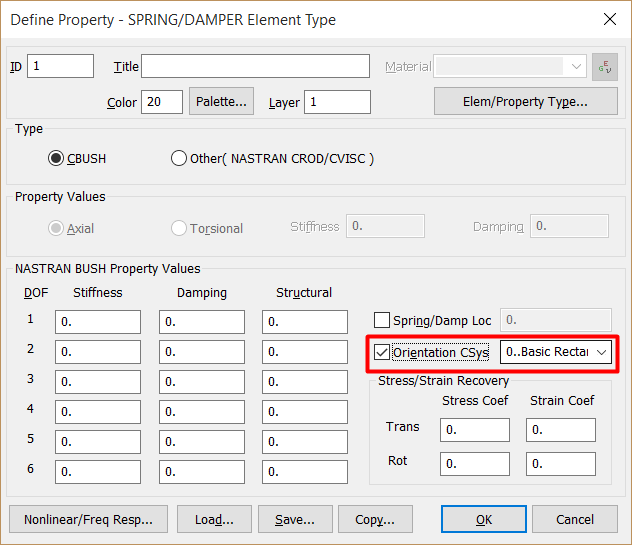CBUSH or CELAS elements are often used with two coincident nodes.
But how is this possible, as the stiffness values are of the unit N/mm?
I do not understand how there can be a stiffness applied, when the spring has a length of 0.
Thanks for your answers in advance!
But how is this possible, as the stiffness values are of the unit N/mm?
I do not understand how there can be a stiffness applied, when the spring has a length of 0.
Thanks for your answers in advance!

